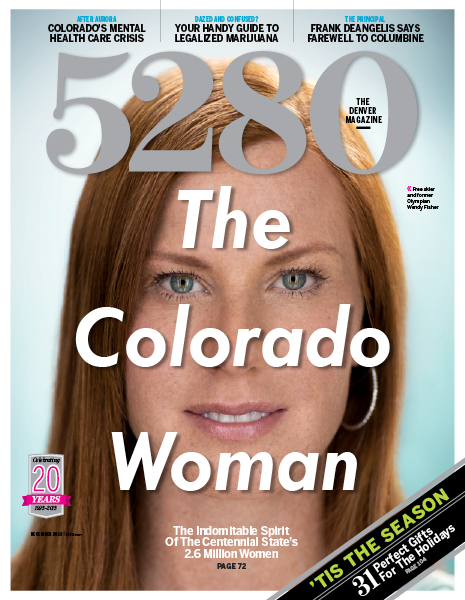The Local newsletter is your free, daily guide to life in Colorado. For locals, by locals.
It takes a special type of visionary to help the blind see. Boulder developer Nate DeVault has done just that—by relying on a different sense: sound. After three years of tinkering, DeVault and the team at Gizmonyx, a collaborative think tank in Boulder where DeVault works as the development coordinator, have designed the VISOR (Visual Information Sensory Optical Reflector), which allows users to “see” by creating a virtual reality through sound. Using an infrared 3-D camera, the VISOR scans the wearer’s environment up to 20 feet away. That information is converted into sound, and small vibrating speakers transmit the sound waves through the wearer’s cheekbones.The wearer doesn’t feel anything, nor does she actually “see,” but she quickly learns to associate the sounds with visual information to understand spatially what is around her. (Similar inventions—and research into “seeing” through sound—are being worked on elsewhere.)
“It’s a virtual kind of vision,” DeVault says. Or, a real-life version of the “VISOR” blindStar Trek character Geordi La Forge wore, which allowed him to “see” energy. DeVault premiered the invention at the August No Barriers Summit in Telluride. It was a fitting forum: The nonprofit No Barriers U.S.A. was co-founded by Erik Weihenmayer, a blind adventurer. Weihenmayer has since joined on the project as a potential consultant to DeVault as he tests, modifies, and improves the VISOR, which is not yet on the market. DeVault hopes to release it in 2015—still beating out Star Trek’s 2340 model by three centuries. gizmonyx.com









